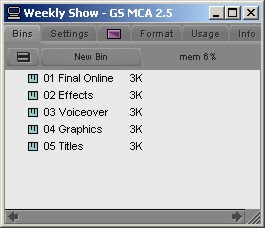Today, I am talking about a do-it-yourself collaborative filmmaking website called RootClip.com, where the creative team make a short video clip or "Rootclip" to start the story. Amateur filmmakers watch their video, then shoot their own rendition of what should happen next in less than 2 minutes. The result is an entire short film made by amateur filmmakers.
I think it's pretty exciting. Their last film actually debuted at the Travese City Film Festival. ust say this has got a lot of potential.

